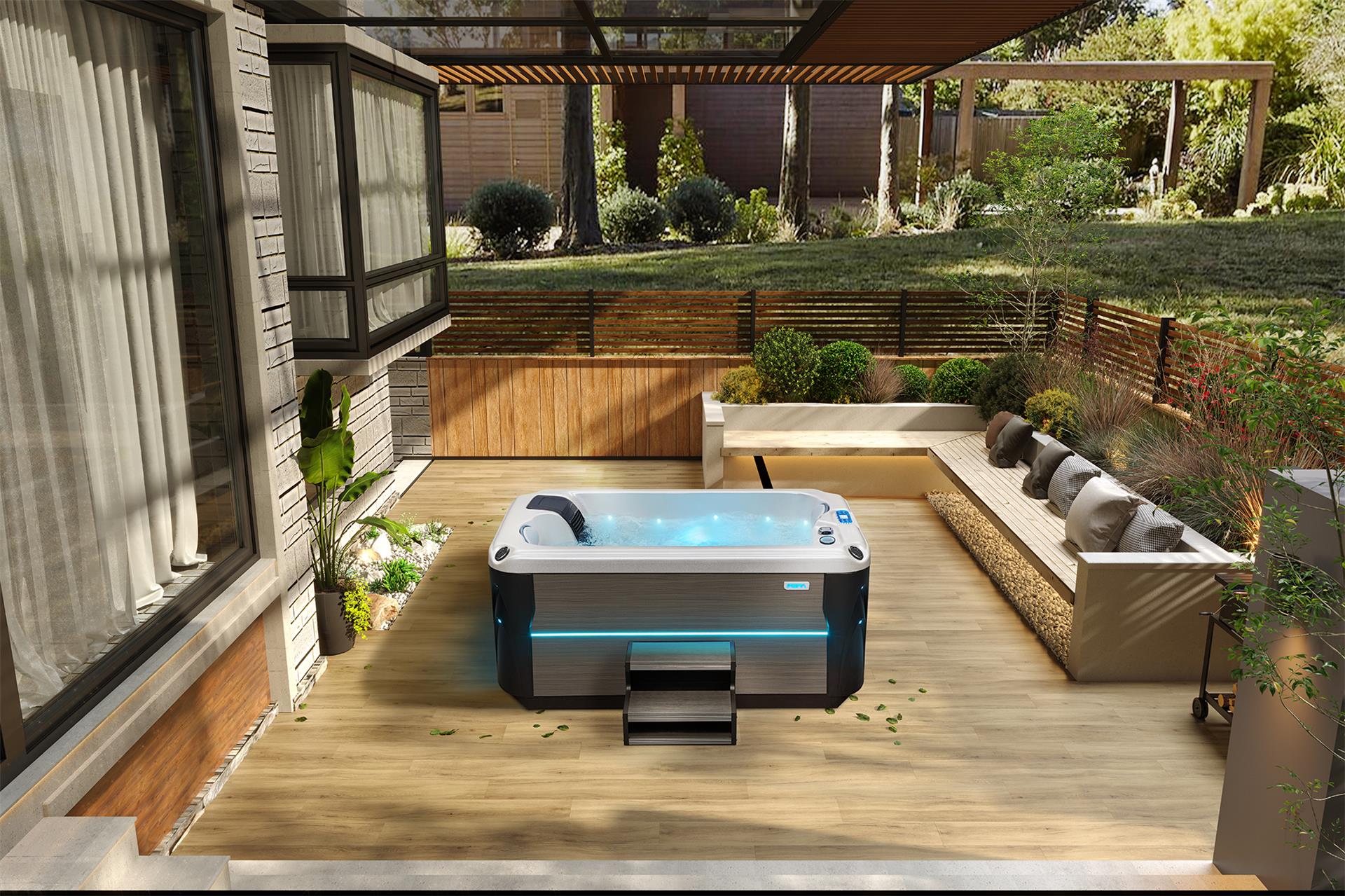The Ingenious Concept of Water and Electricity Separation in Outdoor Spas
When it comes to creating a serene and safe outdoor spa experience, the innovative concept of water and electricity separation takes center stage. This design principle not only ensures the well-being of spa users but also contributes to the longevity and reliability of the spa itself.
Understanding Water and Electricity Separation:
Water and electricity separation, in the context of outdoor spas, refers to the meticulous design and construction that keeps these two essential elements completely isolated. The aim is to prevent any potential hazards or accidents that could arise from the combination of water and electrical components. This separation is achieved through advanced engineering and adherence to stringent safety standards.
How Outdoor Spas Achieve Water and Electricity Separation:
1. Sealed Electrical Components:
Outdoor spas are equipped with specially designed, sealed electrical components that are resistant to water infiltration. These components, such as pumps, heaters, and control systems, are strategically placed and enclosed to create a watertight barrier, preventing any contact between water and electricity.
2. Watertight Seals and Gaskets:
To reinforce water and electricity separation, outdoor spas are fitted with high-quality watertight seals and gaskets. These seals act as an additional layer of protection, ensuring that no water can penetrate the areas containing electrical elements. This meticulous sealing process is crucial for maintaining the safety and functionality of the spa.
3. Strategic Component Placement:
The layout and placement of electrical components within the spa are carefully considered during the design phase. Components are situated in areas that are less prone to water exposure, and extra precautions, such as elevation or protective casings, are implemented to mitigate any potential risks.
4. Compliance with Safety Standards:
Outdoor spas undergo rigorous testing and certification processes to ensure they comply with industry safety standards. These standards dictate specific guidelines for water and electricity separation, and spas must meet or exceed these criteria before they are deemed safe for use.
Benefits of Water and Electricity Separation:
1. Enhanced Safety:
The foremost benefit of water and electricity separation is the heightened safety it provides to spa users. By eliminating the risk of electrical shock or short circuits caused by water exposure, users can immerse themselves in the spa experience with confidence.
2. Extended Equipment Lifespan:
The meticulous separation of water and electricity contributes to the longevity of the spa’s electrical components. By shielding these components from moisture and corrosion, the need for frequent repairs and replacements is significantly reduced.
3. Peace of Mind:
Knowing that your outdoor spa is designed with water and electricity separation in mind offers peace of mind. This peace of mind is essential for fully enjoying the relaxing benefits of your spa without concerns about safety or equipment reliability.
In conclusion, water and electricity separation in outdoor spas represents a crucial aspect of spa design, emphasizing safety, reliability, and peace of mind for users. Through advanced engineering, sealed components, and compliance with safety standards, outdoor spas achieve a harmonious balance between the soothing effects of water and the power of electricity, creating a truly tranquil oasis for relaxation.

